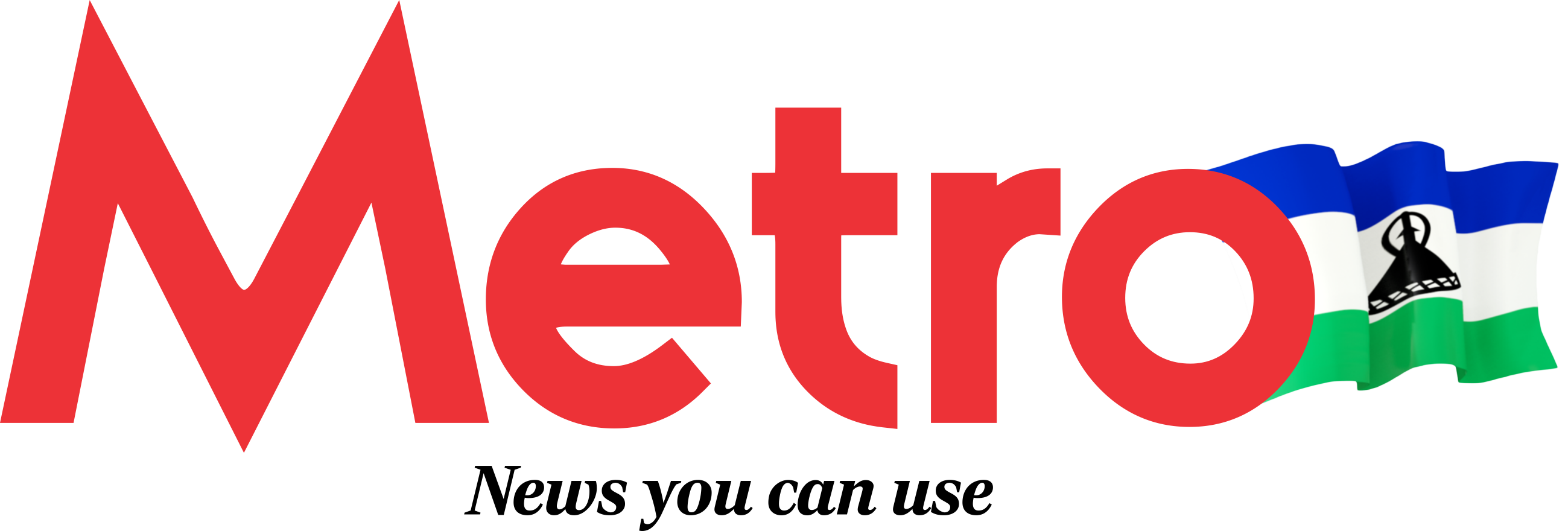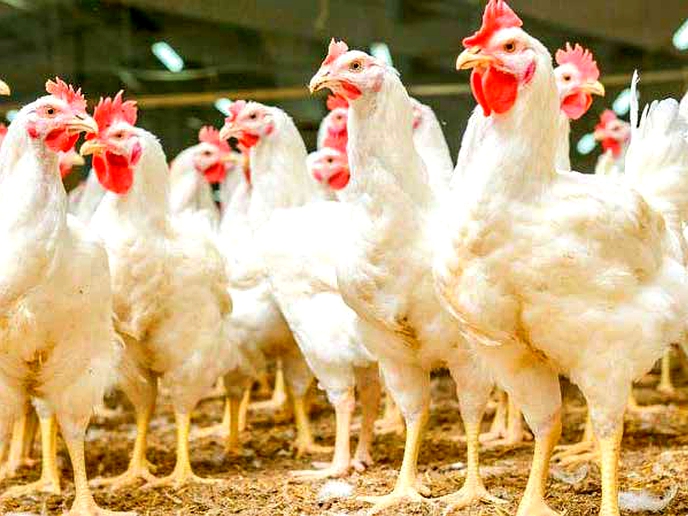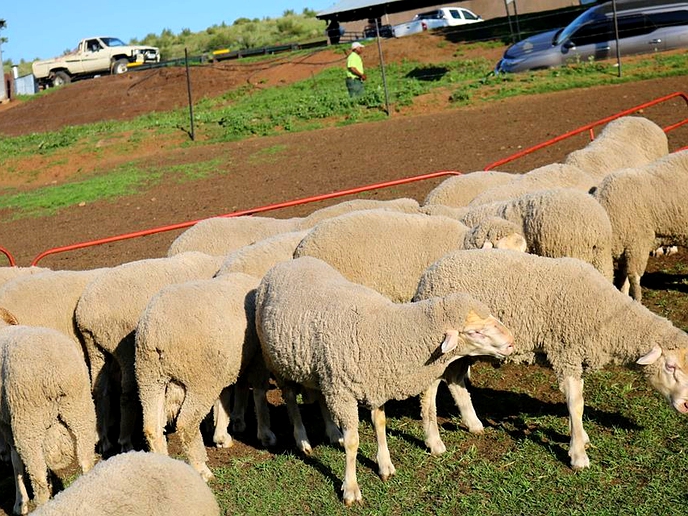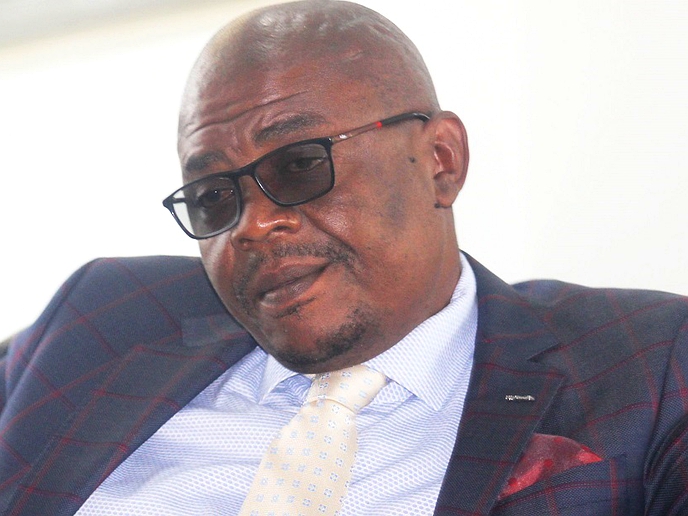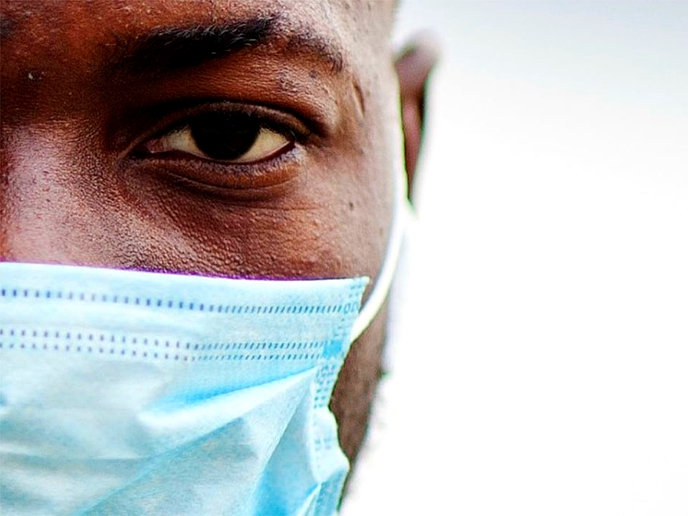MASERU - Food insecurity in Lesotho could take a further knock due to the late onset of rains projected ahead of the next cropping season.
business
Aug. 20, 2020
NEO SENOKO
2 min read
Late rain forecast means more trouble for agriculture
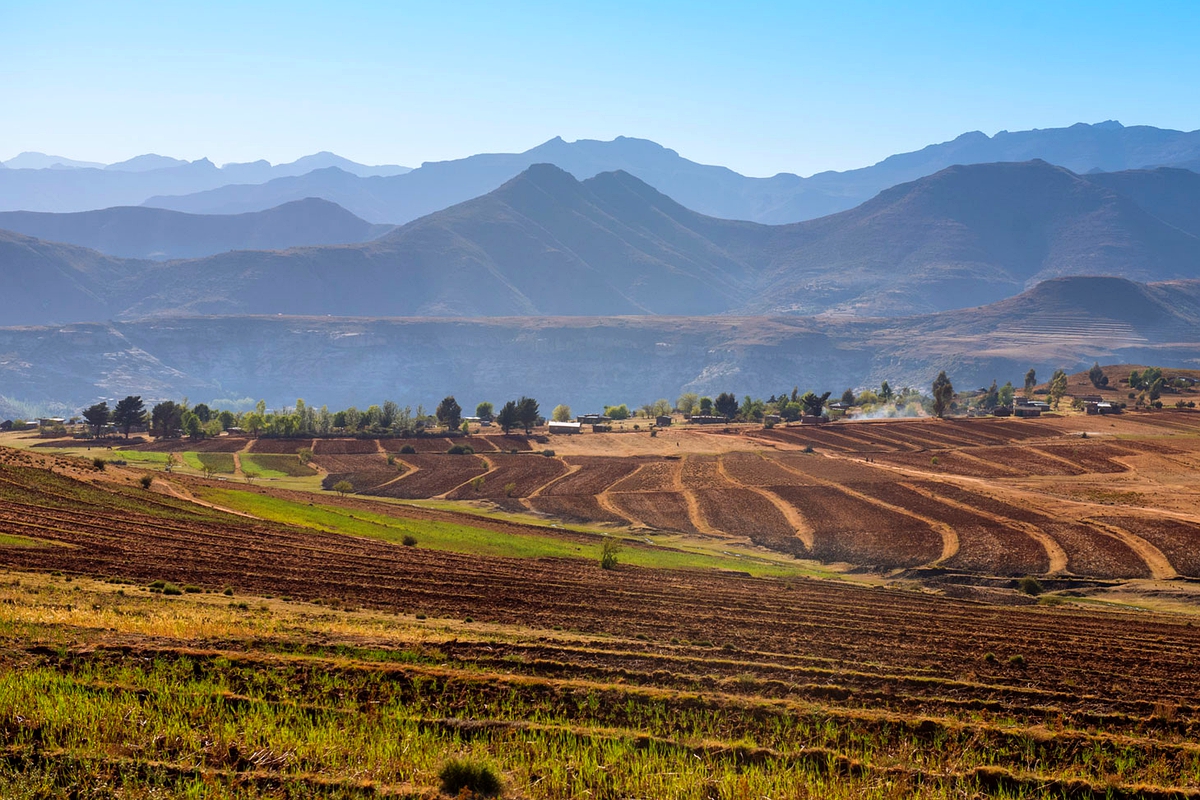
The forecast late rains would mean a late start to the new agricultural season. It also means the current high prices of food imposed by Covid-19 are likely to continue for a longer period until the agriculture sector recovers. The poverty situation will also remain dire and likely to deepen.
The country already experienced poor production of cereal crops due to delayed season in 2019/20 summer cropping and severe drought in October and November the same year. The Lesotho Disaster Management Authority (DMA) has clearly stated in its 2020 Vulnerability Assessment report that normal to below normal rains are expected from July to October, resulting in a late start to the agricultural season.
The main objective of the report was to analyse food and nutrition security, and vulnerability of the population of Lesotho in 2020/21 consumption year as well as provide policymakers, government, and other stakeholders with information for decision making and development programming. Currently, according to the Bureau of Statistics, 24.1 per cent of the country’s population is living in extreme poverty, while 49.7 per cent of the population is generally poor.
The statistics could be much higher as the situation has been exacerbated by the coronavirus pandemic which has caused even further disruptions as many people have lost jobs. “Decrease in crop production is estimated at 30 per cent, compared to last year crop production. Both rural and urban populations are likely to experience severe food insecurity for the consumption year 2020/20,” the DMA said in its report that was released last week. It indicated that all the food security indicators portray a severe food insecurity situation for the 2020/21 consumption year.
Enjoy our daily newsletter from today
Access exclusive newsletters, along with previews of new media releases.
“Total food insecure population for the consumption year 2020/21 is estimated at 766,169 with 582,169 individuals representing rural areas while another 184,000 individuals are estimated in urban areas,” the report further stated. At least 91,174 of staple food, cash equivalent of M1,471,044 will be needed to assists the affected households.
The report has among others recommended immediate conditional and unconditional humanitarian assistance for all households facing survival deficits as well as food price subsidy interventions by the government.
Prime Minister Dr. Moeketsi Majoro has reiterated on Tuesday, at the launch of the new cropping season in Ha Foso on the outskirts of Maseru that Basotho should produce more as the government is ready to buy local produce. Majoro’s government has already offered a 60 per cent seed subsidy for local farmers ahead of the summer cropping.
Tailored for you

